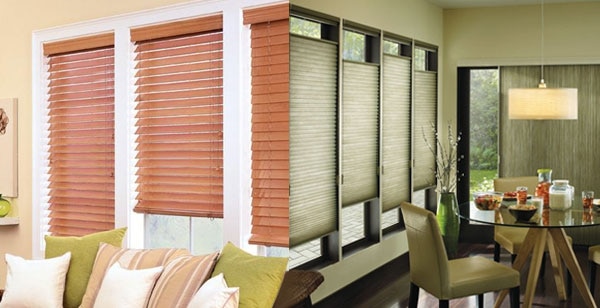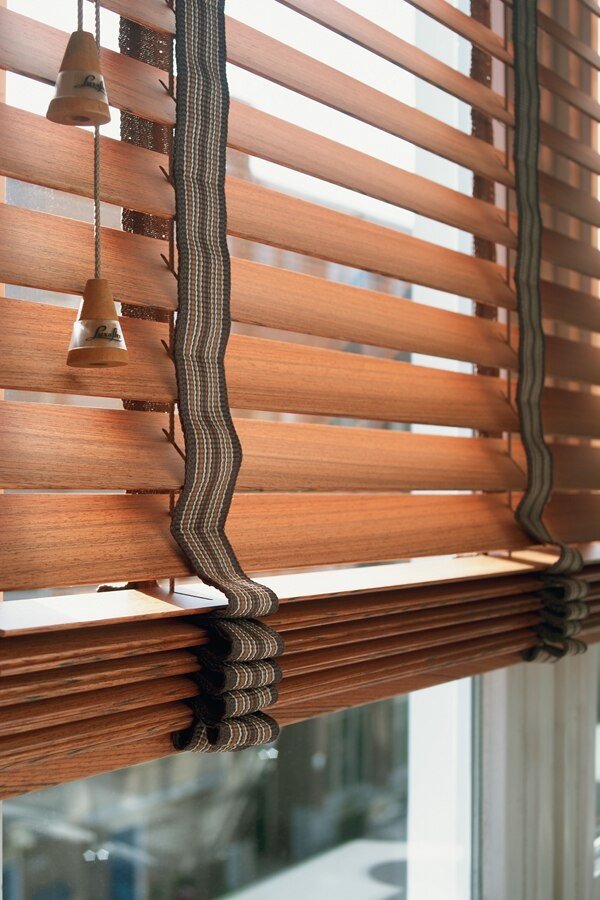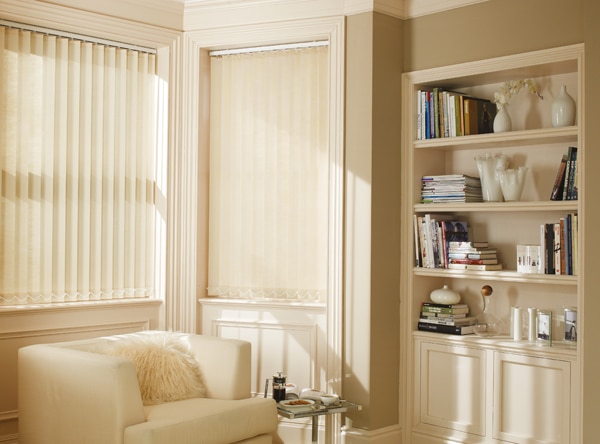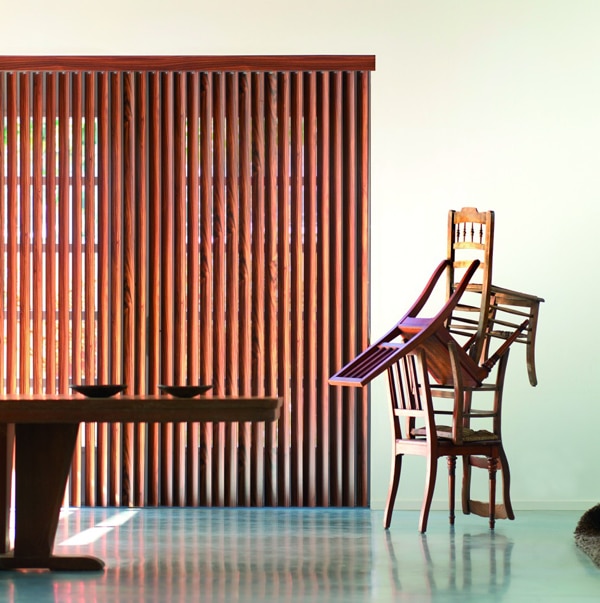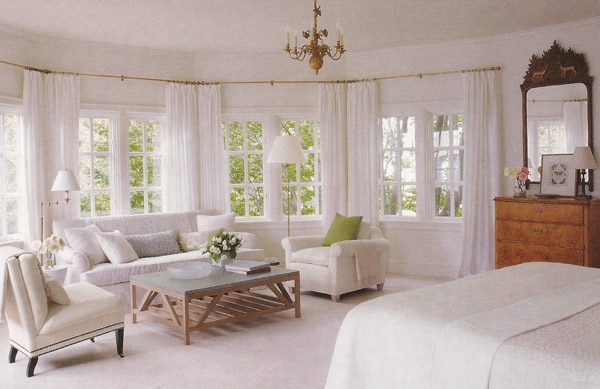As a designer, I get asked this question a lot. “What’s the difference between Blinds and Shades? Aren’t they the same thing?” Many people do use these words interchangeably and in some regions, people use just one word for the other without really thinking about it. Blinds and Shades are both window coverings for all types of windows, but technically the two words describe two very different qualities of window treatments.
Blinds
![]()
Blinds are “hard” window coverings, composed of slats or vanes that tumble down the blind as it is lowered or can be pulled across a window to stack lengthwise, to the side. These louvers or slats are individually formed together to complete the blind and can be raised or lowered as needed. These slats are meant to stay closed tightly for privacy and for light control, but they can also be adjusted or tilted at different angles to allow you to control the amount of light needed. Wood, Faux-Wood, Mini Blinds and Vertical Blinds are the most popular “blinds” and are usually made of wood, metal or a composite. These materials exude an architectural and tailored look that can easily be designed for a modern or a traditional home and are often categorized as “hard” Window Treatments. They are form fitting and offer a clean line outlining the window frame . All of these Blinds offer a classic look and match any décor style, always a handsome “Window Blind.”
![]()
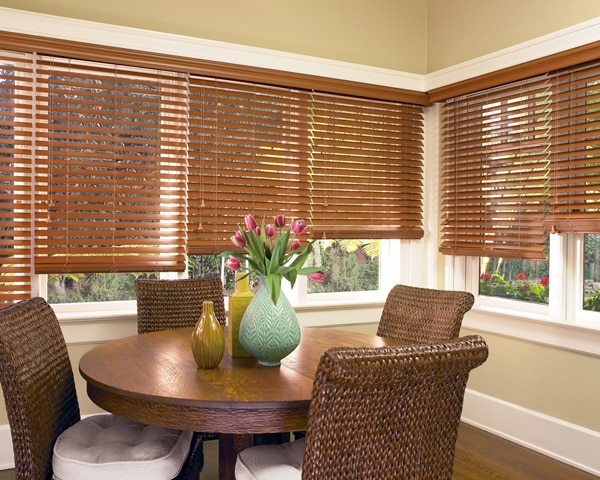
![]()
Wood or Faux Wood Blinds (made of a composite material) are an easy to design Window Treatment and never fail to please.
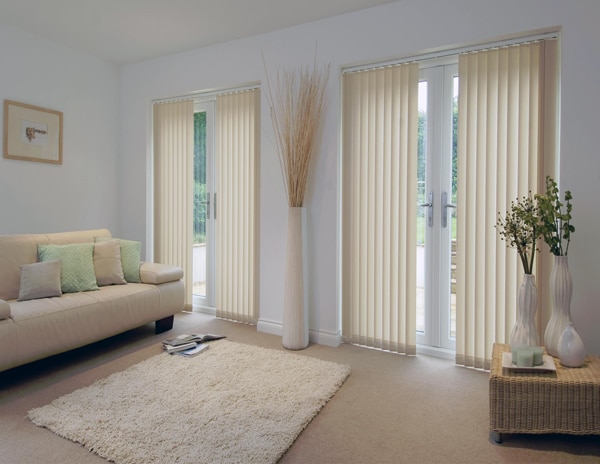
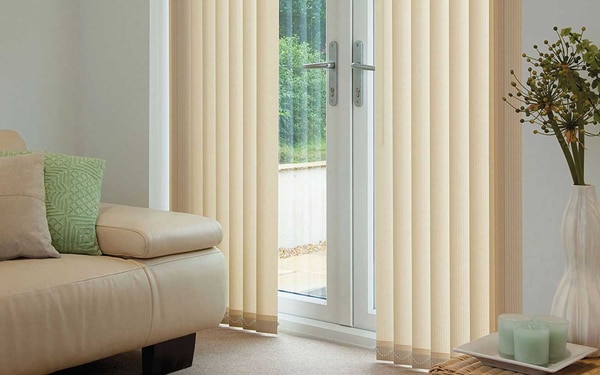
Vertical Blinds are a useful Window Treatment for large spaces such as patio doors and large windows that need privacy and new, innovative materials have updated this clunky Window Treatment to be functional and fresh!
Shades
Shades are “soft” Window Treatments which are made of materials on a continuous roll to cover a large swath of a window opening, fitting snugly into your window and stacking neatly at the top. Shades have no slats or vanes and offer a smooth look to your windows; hence, they are called soft Window Treatments as the fabric and feeling of the shade is warm and flowing. Although you cannot adjust for light filtering, as with Blinds, you can choose different levels of opacity for light preferences. Roman Shades, Roller Shades, Cellular Shades, and Woven Wood Shades are the most popular “Shades,” with Cellular Shades topping the list but Woven Wood Shades are quickly rising to one of our most loved Window Treatment!
![]()
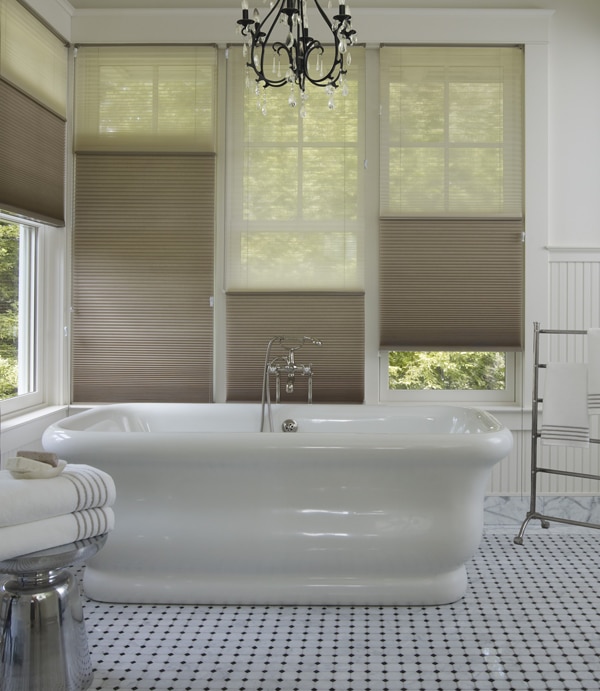
![]()
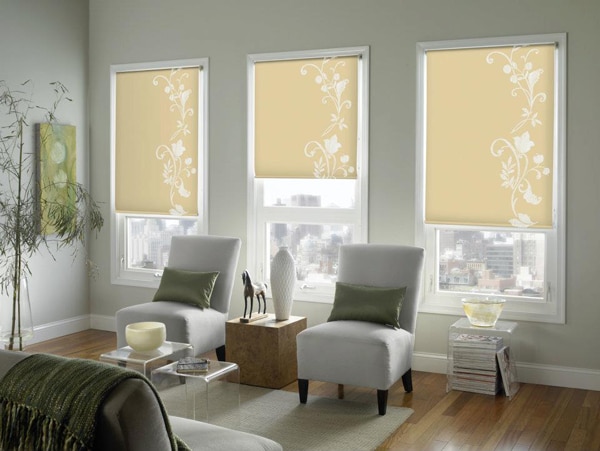
![]()
![]()
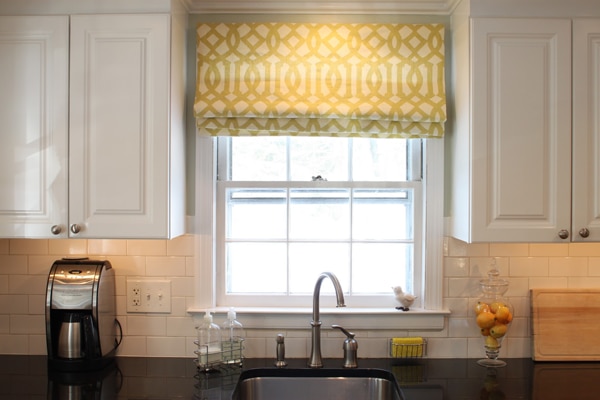
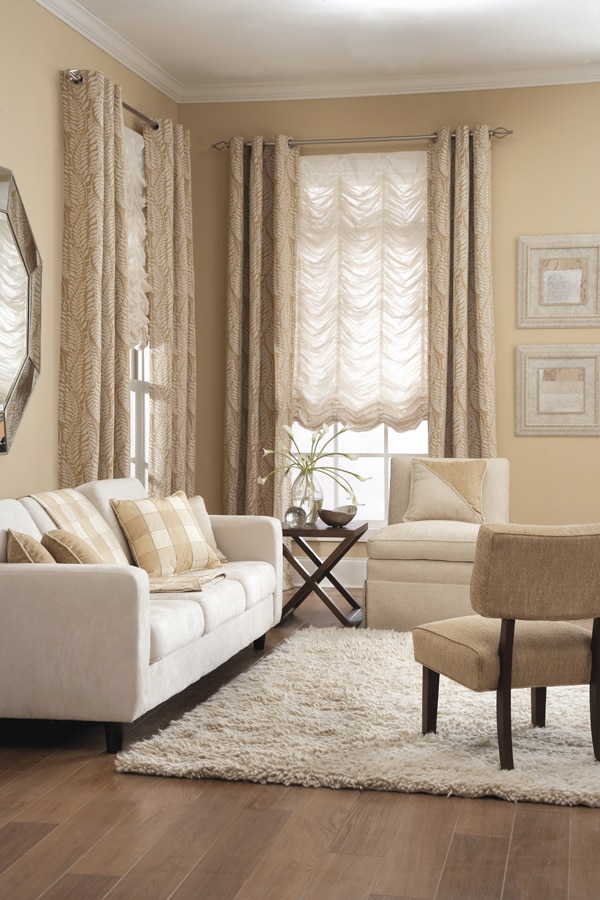
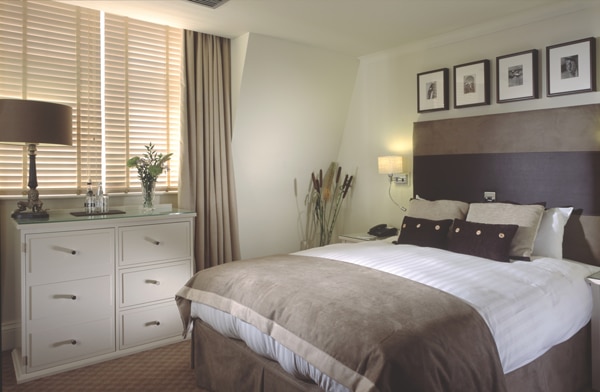
Woven Wood Shades continue to win over everyone who love texture and the natural, organic look of sustainably grown reeds, jute and bamboo, connecting us to our love of nature.
![]()
Whether you choose Blinds or Shades, your windows will be happy as you open up your home to a whole new way of looking at life!
![]()
What’s the Difference Between Shades and Blinds
Understanding the fundamental differences between shades and blinds helps homeowners make informed decisions about their window treatments. While both serve the same basic purpose of controlling light and privacy, they offer distinct advantages and aesthetic qualities.
Hard vs. Soft Window Treatments
The primary distinction lies in their construction and material composition. Blinds are classified as “hard” window coverings composed of individual slats or vanes that can be adjusted independently. Shades, conversely, are “soft” window treatments made from continuous materials that cover the entire window opening in one piece.
Feature-Oriented Comparison Table
| Feature | Blinds | Shades |
| Construction | Hard window coverings with individual slats or vanes | Soft window coverings made of continuous fabric |
| Materials | Wood, faux-wood, metal, composite materials | Fabric, woven wood, cellular materials, bamboo |
| Light Control | Adjustable slats for precise light control and angling | Fixed opacity levels chosen at purchase |
| Privacy | High privacy when slats are completely closed | Varies by fabric opacity and material selection |
| Appearance | Architectural, tailored look with clean lines | Smooth, warm, flowing fabric appearance |
| Operation | Slats can be tilted, raised, or pulled to the side | Roll or fold up neatly at the top of window |
| Common Types | Wood blinds, faux-wood blinds, mini blinds, vertical blinds | Roman shades, roller shades, cellular shades, woven wood shades |
| Best Applications | Modern or traditional homes needing adjustable light control | Homes wanting soft aesthetics with energy efficiency |
| Energy Efficiency | Moderate insulation when slats are closed | Superior insulation, especially cellular shades |
| Maintenance | Individual slat cleaning required | Single surface cleaning |
Light Control Capabilities
Blinds excel in providing precise light control through their adjustable slat system. You can tilt the slats at various angles to filter light while maintaining privacy, or close them completely for maximum light blockage.
Shades offer different opacity levels but cannot be adjusted once installed; you must choose the desired light filtering level at the time of purchase.
Aesthetic and Design Impact
Blinds provide an architectural and tailored appearance that complements both modern and traditional home designs. Their clean lines and form-fitting nature create a structured look that outlines the window frame.
Shades offer a softer, more flowing appearance that creates warmth and visual comfort. The continuous fabric surface provides a smooth, uninterrupted look that many homeowners prefer for creating cozy atmospheres.

